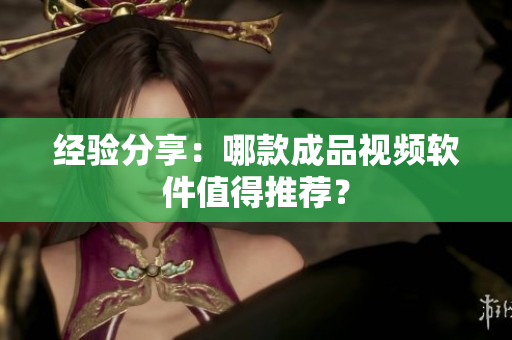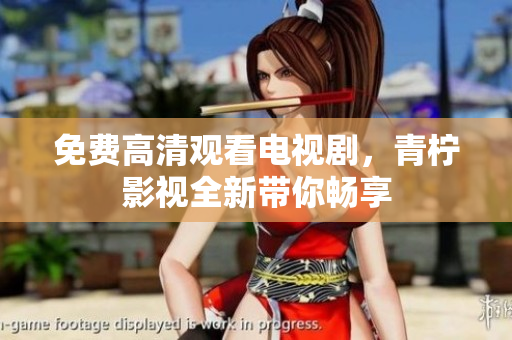Introduction
Art, culture, and education are some of the essential components of the human experience. Through art, we can experience the beauty of human creativity and the complexities and nuances of life. Education provides us with the tools to understand and appreciate these works of art, while culture shapes our appreciation of them. In this article, we will explore some of the top Western humanities artworks and discuss their significance in the broader human experience. Additionally, we'll touch on recent developments in the technology sector, such as the roll-out of 5G networks, and their impact on daily life.
Top Western Humanities Artworks
When it comes to the Western arts, there are countless significant works to choose from – from sculptures and paintings to literature and music. One of the most recognizable pieces is Michelangelo's Sistine Chapel Ceiling, a stunning fresco that depicts various Biblical stories. Another iconic work of art is Leonardo da Vinci's Mona Lisa. The painting's enigmatic smile is just one of its many mysteries that have captivated audiences for centuries.
In literature, Shakespeare's plays have stood the test of time, and his writing has influenced countless other writers over the centuries. His works explore various themes, like love, power, betrayal, and the struggles of the human condition. Similarly, Dante's Divine Comedy is another epic piece of literature that delves into spiritual and existential themes.
These works of art and others like them have enduring significance because they tap into fundamental aspects of human experience, such as the need for meaning, beauty, and understanding. They also reflect the political, cultural, and social contexts of the times in which they were created, thereby providing critical insights into the past and present.
The Roll-Out of 5G Networks
While the humanities have been around for millennia, technology is a comparatively recent development. One of the most significant technological advancements in recent years has been the roll-out of 5G networks. These new networks promise faster internet speeds, more reliable connectivity, and new opportunities for innovation.
In terms of practical applications, 5G networks could enable the development of new technologies like self-driving cars, remote surgery, and virtual reality. They could also revolutionize the way we work, travel, and communicate. For example, remote work and telecommuting could become more commonplace, and people could communicate and collaborate more seamlessly across vast distances.
The Importance of Education
While 5G networks and technological advancements are exciting, education remains a critical component of the human experience. Education provides us with the tools to understand and appreciate the world around us, and it helps us to develop critical thinking skills that enable us to solve complex problems.
However, access to quality education remains out of reach for many people around the world, particularly in Southeast Asia. Limited access to educational resources, a lack of funding, and political instability are some of the factors that contribute to the educational disparities in the region. These disparities have real-world consequences and can prevent individuals from realizing their full potential.
The Role of Culture in the Human Experience
Culture is another critical aspect of the human experience that shapes our understanding of the world and our place in it. Culture includes things like art, music, literature, language, religion, and traditions. It provides us with a shared sense of identity and belonging and helps us to make sense of the world around us.
However, culture is constantly evolving, and the forces of globalization and technological innovation are profoundly impacting the ways in which we experience and interact with culture. As we become more connected to one another through technology, our cultural horizons expand, and we gain new insights into the human experience. At the same time, however, cultural identities and traditions can become diluted or threatened by the spread of homogenizing forces like globalization and cultural imperialism.
Conclusion
The human experience is complex and multifaceted, encompassing everything from art and culture to education and technology. In this article, we have explored some of the top Western humanities artworks and discussed the significance they have for the broader human experience. We have also touched on the recent developments in technology, such as the roll-out of 5G networks, and the impact they are having on daily life. Finally, we have highlighted the critical importance of education and culture for the human experience and the challenges that remain in ensuring that these essential components are accessible to everyone, regardless of geography or socio-economic status.









